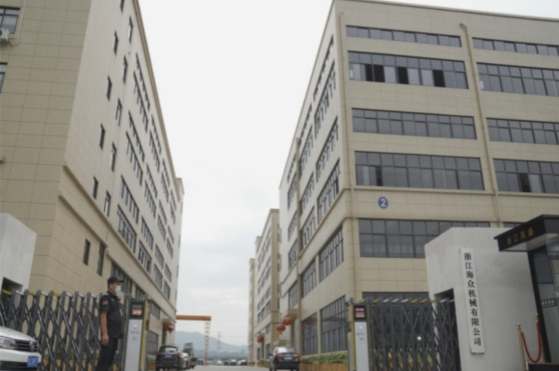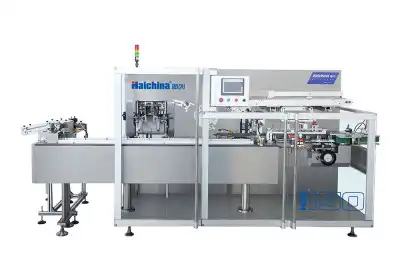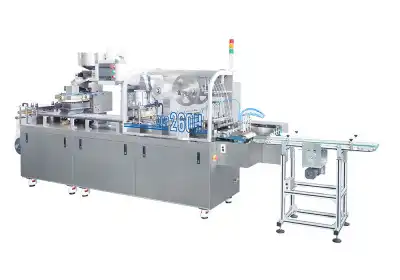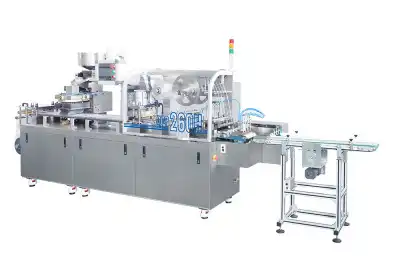Understanding Strip Packs and Blister Packs
Composition and Structure of Strip Packs
Strip packs, also known as sachets or pouches, are composed of two layers of flexible material, typically aluminum foil or plastic film. These layers are sealed together, creating individual compartments or pockets that house single doses of medication. The structure of strip packs allows for easy tear-off dispensing, making them convenient for patients to use. Strip packs are often utilized for packaging tablets, capsules, and powders, providing a cost-effective solution for pharmaceutical companies.

Design and Features of Blister Packs
Blister packs consist of a pre-formed plastic cavity or pocket, known as the blister, which is attached to a backing material. The blister is usually made from thermoformed plastic, while the backing can be aluminum foil, plastic film, or paperboard. This design offers excellent protection against external factors such as moisture, light, and oxygen. Blister packs produced by blister machine packing are commonly used for tablets, capsules, and small medical devices, providing a visually appealing and tamper-evident packaging solution.

Manufacturing Processes
The manufacturing processes for strip packs and blister packs differ significantly. Strip packs are typically produced using form-fill-seal (FFS) technology, where the packaging material is formed into a tube, filled with the product, and sealed in a continuous process. Blister packs, however, require specialized blister packaging equipment that involves thermoforming the plastic cavity, filling it with the product, and sealing it with the backing material. Both processes can be automated using advanced blister packaging machinery, ensuring efficiency and consistency in production.

Advantages and Disadvantages of Strip Packs and Blister Packs
Benefits of Strip Packs
Strip packs offer several advantages in pharmaceutical packaging. Their compact and lightweight nature makes them ideal for travel and easy storage. The cost-effectiveness of strip packs is particularly appealing for manufacturers, as they require less material and are simpler to produce compared to blister packs. Additionally, strip packs provide excellent barrier properties against moisture and light, ensuring the stability of sensitive medications. The tear-off design of strip packs also enhances patient compliance by clearly indicating dosage units.
Advantages of Blister Packs
Blister packs produced by high speed blister packing machines excel in product protection and presentation. The rigid plastic cavity offers superior protection against physical damage, while the transparent nature allows for visual inspection of the contents. Blister packs are highly customizable, accommodating various shapes and sizes of products. They also provide excellent tamper-evidence, enhancing product safety and consumer confidence. The individual compartments in blister packs help maintain product integrity and prevent cross-contamination, making them suitable for moisture-sensitive medications.
Limitations and Considerations
Despite their benefits, both packaging types have limitations. Strip packs may not be suitable for products requiring high barrier protection or those sensitive to crushing. Blister packs, while offering excellent protection, can be more expensive to produce and may require specialized blister packaging machinery. Environmental concerns are also a consideration, as both packaging types generate plastic waste. However, advancements in blister packaging equipment and materials are addressing these issues, with eco-friendly alternatives becoming increasingly available.
Applications and Industry Trends
Pharmaceutical Industry Usage
In the pharmaceutical sector, both strip packs and blister packs play crucial roles. Strip packs are commonly used for over-the-counter medications, vitamins, and dietary supplements. Their cost-effectiveness and ease of use make them popular for high-volume products. Blister packs, with their superior protection and customization options, are preferred for prescription drugs, particularly those sensitive to environmental factors. The choice between strip packs and blister packs often depends on the specific drug formulation, shelf life requirements, and target market preferences.
Consumer Goods and Food Packaging
Beyond pharmaceuticals, strip packs and blister packs find applications in various consumer goods industries. Strip packs are widely used for single-serve condiments, cosmetics samples, and convenience foods. Blister packs are prevalent in the packaging of small electronics, batteries, and personal care products. The food industry also utilizes blister packaging for items like chewing gum, confectionery, and portion-controlled snacks. The versatility of blister packaging machinery allows manufacturers to adapt these packaging solutions to diverse product ranges.
Emerging Trends and Innovations
The packaging industry is witnessing several trends that impact strip pack and blister pack technologies. Sustainability is a growing concern, leading to the development of biodegradable and recyclable materials for both packaging types. Smart packaging solutions, incorporating features like QR codes and NFC tags, are enhancing traceability and patient engagement. Advancements in blister packaging equipment are enabling faster production speeds and greater flexibility in package designs. Additionally, there's a trend towards unit-dose packaging, particularly in healthcare settings, where both strip packs and blister packs offer convenient solutions for medication management.
Conclusion
The choice between strip packs and blister packs depends on various factors, including product characteristics, protection requirements, cost considerations, and consumer preferences. While strip packs offer cost-effectiveness and compactness, blister packs provide superior protection and customization options. Both packaging types have their place in the pharmaceutical and consumer goods industries, with ongoing innovations in materials and blister packaging machinery continually improving their capabilities. As packaging needs evolve, manufacturers must carefully evaluate these options to select the most suitable solution for their products.
Contact Us
For more information about our blister packaging equipment and custom packaging solutions, please contact us at [email protected]. Our team at Zhejiang Haizhong Machinery Co.,Ltd. is ready to assist you in finding the perfect packaging solution for your products.





